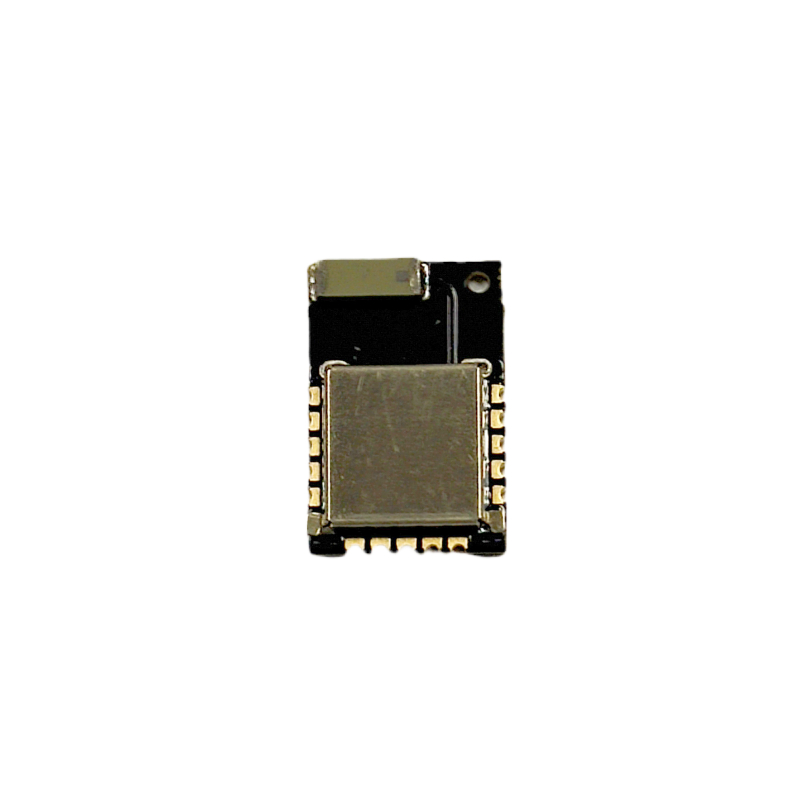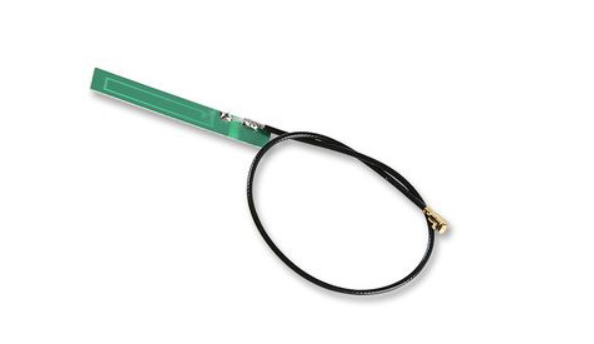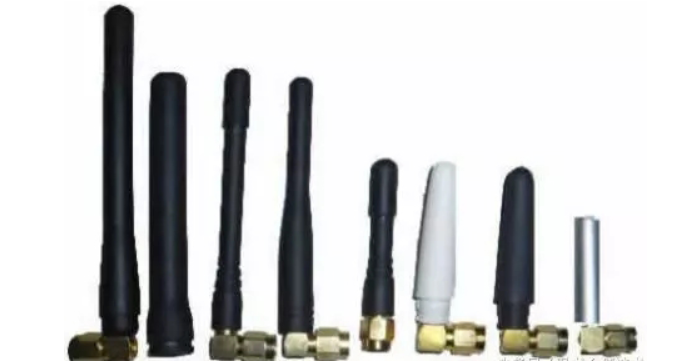Comparison of four Bluetooth module antennas
For Bluetooth products, the relationship between antenna and Bluetooth module is complementary. In addition to the core chip, antenna is another key component that affects the transmission characteristics of the Bluetooth module.
What is an antenna?
Antenna is a device used to transmit or receive electromagnetic waves.
What is the role of the antenna?
The function of the transmitting antenna is to effectively convert the energy of the high-frequency current of the transmitter (or the guided wave in the waveguide system) into electromagnetic energy in space; while the function of the receiving antenna is just the opposite, so the antenna is actually a transducer Device.
When designing a Bluetooth antenna, what should we pay attention to?
1.The antenna's signal,frequency greater than 400MHZ is easily attenuated, so the distance between the antenna and the nearby ground must be at least 3 times the line width.
2. For microstrip lines and strip lines, the characteristic impedance is related to the thickness, line width, vias and dielectric constant of the board.
3.Vias will produce parasitic inductance, and high-frequency signals will have very large attenuation, so try not to have vias when routing RF lines.
The antennas of the Bluetooth module mainly include: ceramic antenna, PCB antenna, IPEX external antenna and 2.4G rod antenna.
What are the differences between these four antennas?
Ceramic antenna is a small antenna suitable for bluetooth devices. Ceramic antennas include bulk ceramic antennas and multilayer ceramic antennas. The block antenna uses high temperature to sinter the whole ceramic body at one time, and then prints the metal part of the antenna on the surface of the ceramic block. The firing of multilayer antennas adopts low-temperature co-firing. The multilayer ceramics are laminated and aligned and then sintered at high temperature. Therefore, the metal conductor of the antenna can be printed on each ceramic dielectric layer according to the design needs, which can be effective. Reduce the size of the antenna, and can achieve the purpose of hiding the antenna. Since the dielectric constant of the ceramic itself is higher than that of the PCB circuit board, the use of ceramic antennas can effectively reduce the size of the antenna.
Following as our ceramic antenna bluetooth module HY-MOD02 picture.

2. PCB antenna
PCB antenna (inverted F type, meander type antenna) refers to the part on the PCB for wireless reception and transmission. When transmitting, it converts the high-frequency current of the transmitter into space electromagnetic waves; when receiving, it converts the electromagnetic waves intercepted from space into high-frequency currents and sends them to the receiver. Its advantages are: less space occupation, low cost, no need to assemble the antenna separately, not easy to touch and damage, and easy assembly of the whole machine, but there are gains and losses --- sacrificing performance. The disadvantages are: it is difficult for a single antenna field to be round, high insertion loss, relatively low efficiency, and easy to be interfered by the motherboard.
The PCB onboard antenna does not need to assemble the antenna separately, and it does not need to be debugged after one adjustment. It is not easy to touch and damage and is easy to assemble. Its principle is that when transmitting, it converts the high-frequency current of the transmitter into a space electromagnetic wave; when receiving, it converts the electromagnetic wave obtained from space into a high-frequency current and enters the receiver
Most of our modules are PCB antennas.
3. IPEX antenna
IPEX antenna is an interface between radio frequency circuit and antenna, which is widely used in wireless local area network (WLAN) related product single board. Its advantages are: field type can be controlled better, insertion loss is low, signal directionality is good, high efficiency, strong anti-interference ability, can be far away from the interference on the motherboard, and does not require too much debugging and matching, as a terminal manufacturer, you only need to connect an IPEX antenna outside; of course, there are disadvantages: high cost and troublesome assembly.
IPEX interface is connected to an external antenna, the signal has good directivity, high efficiency, long transmission distance, strong anti-interference ability, and does not require too much debugging and matching. As a terminal manufacturer, an extra IPEX antenna is enough.

4. 2.4G rod antenna
2.4G rod antenna has the best signal. It is placed in space and has the best radiation effect, but it is expensive and takes up a lot of space. It can only be exposed outside the case.

What are the precautions for Bluetooth antenna design?
1. For the onboard bluetooth antenna, the specific PCB routing requirements: the routing is directly from the pad pins, the routing is recommended to be on the same plane of the module (assuming it is TOP), the routing width is 15mil, and the distance between the two sides is 15mil. The wiring part is required to be short, and the BOTTOM surface needs to be referenced to the ground at the same time;
2. If space enough, try not to choose an antenna that is too small;
3. It is best to place the bluetooth antenna at the corner. If a patch antenna is used, there must be a clearance area of at least 2mm, and the clearance area should not be far away from the ground or other metal parts;
4. It is better to have a larger clearance area between the antenna and nearby objects, otherwise the matching adjustment will become difficult, and the radiation pattern will be severely distorted;
5. The bottom of the antenna should not touch the ground or ground layer;
6. The antenna should be placed far away from metal objects, such as batteries, chips and other metal objects that overlap.
7. Pay attention that the internal cables (such as battery power cables) are too close to the antenna;
8. Monopole antennas need to have a reasonable ground plane to be most effective.
9. There should be no metal shell or metal plastic around the antenna or wrap it.
10. Do not use very thin antenna feeders, and the fixed width limit cannot be less than 0.1mm.
